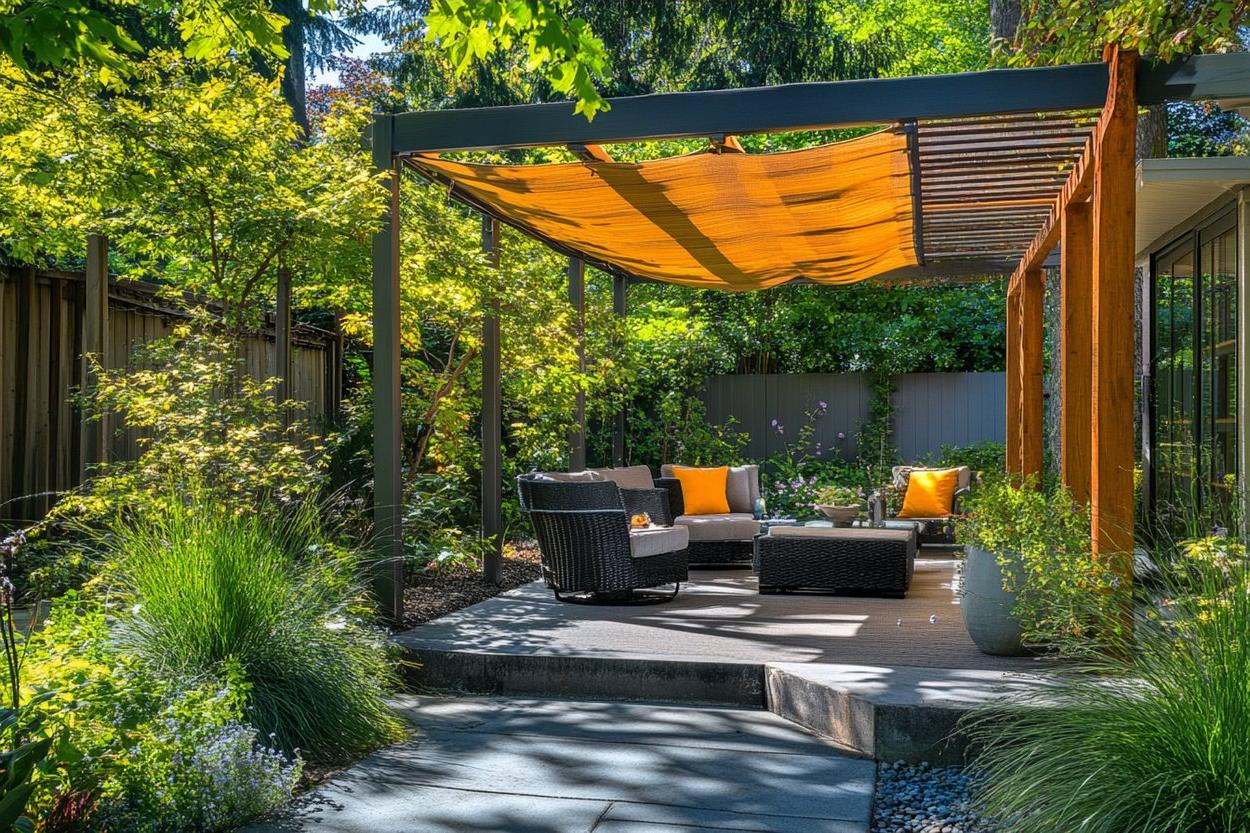Transform Your Outdoor Space: A Complete Guide to Garden Pergolas
A pergola is more than just an architectural element - it's a transformative outdoor structure that creates an inviting transition between your home and garden while providing adjustable shade and a defined space for outdoor living. These versatile structures have become increasingly popular as homeowners seek to expand their living areas and create functional outdoor rooms for relaxation and entertainment.

How Garden Pergolas Create Shaded Outdoor Living Spaces
Pergolas offer a unique solution for creating comfortable outdoor spaces by providing filtered sunlight rather than complete shade. The overhead lattice or slat design allows you to control the amount of sun exposure based on the spacing and orientation of the roof elements. During summer months, climbing plants can be trained to grow over the structure, creating natural shade that changes with the seasons. Many modern pergolas also feature retractable canopies or adjustable louvers, allowing you to modify the shade coverage based on weather conditions and time of day.
Benefits of Adding a Pergola to Your Outdoor Space
Installing a pergola can significantly enhance your property in multiple ways. These structures define outdoor living areas without creating enclosed spaces, making your yard feel larger and more organized. Pergolas increase property value by adding architectural interest and expanding usable living space. They also provide support for climbing plants, hanging lights, and outdoor curtains, allowing you to create a customized outdoor room that reflects your style. Additionally, pergolas can provide privacy from neighboring properties while maintaining airflow and views of the sky.
Popular Materials Used in Modern Garden Pergolas
Today’s pergolas are constructed from a variety of durable materials, each offering distinct advantages:
-
Wood: Traditional cedar, redwood, and pressure-treated pine remain popular choices for their natural beauty and affordability. These materials require regular maintenance but can last many years with proper care.
-
Aluminum: Lightweight and rust-resistant, aluminum pergolas are low-maintenance and ideal for coastal areas. They come in various colors and can mimic the look of wood while offering superior weather resistance.
-
Vinyl: This maintenance-free option resists weathering and never needs painting. Vinyl pergolas are available in multiple styles and colors, though they may be less sturdy than metal or wood options.
-
Fiberglass: Growing in popularity, fiberglass offers exceptional durability and stability while requiring minimal maintenance. It can span longer distances without support and resists extreme weather conditions.
Pergola Pricing and Options Comparison
| Material Type | Average Cost Range | Maintenance Level | Lifespan |
|---|---|---|---|
| Wood | $2,000 - $6,000 | High | 10-20 years |
| Aluminum | $3,000 - $8,000 | Low | 20-30 years |
| Vinyl | $2,500 - $7,000 | Very Low | 20+ years |
| Fiberglass | $4,000 - $10,000 | Very Low | 25+ years |
Prices, rates, or cost estimates mentioned in this article are based on the latest available information but may change over time. Independent research is advised before making financial decisions.
When selecting a pergola, consider factors beyond initial cost, such as maintenance requirements, durability, and installation complexity. While wood options may have lower upfront costs, their long-term maintenance expenses can be significant. Alternatively, materials like aluminum and fiberglass may cost more initially but offer better value over time due to their longevity and low maintenance requirements.
A well-designed pergola can become the centerpiece of your outdoor living space, providing years of enjoyment while enhancing your property’s functionality and aesthetic appeal. By carefully considering your specific needs, climate conditions, and maintenance preferences, you can select the perfect pergola design and material to complement your outdoor space.




